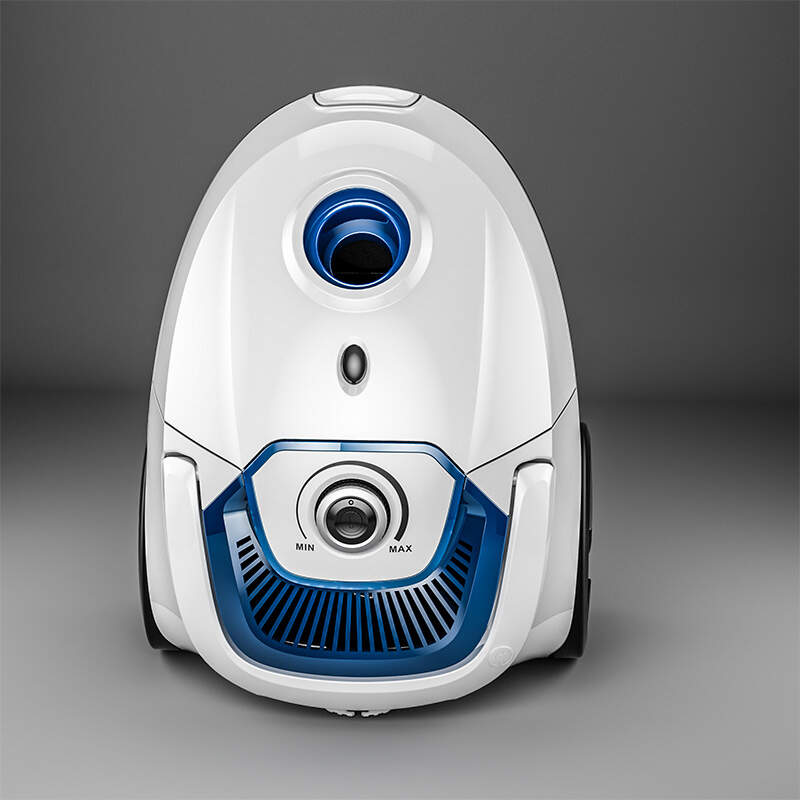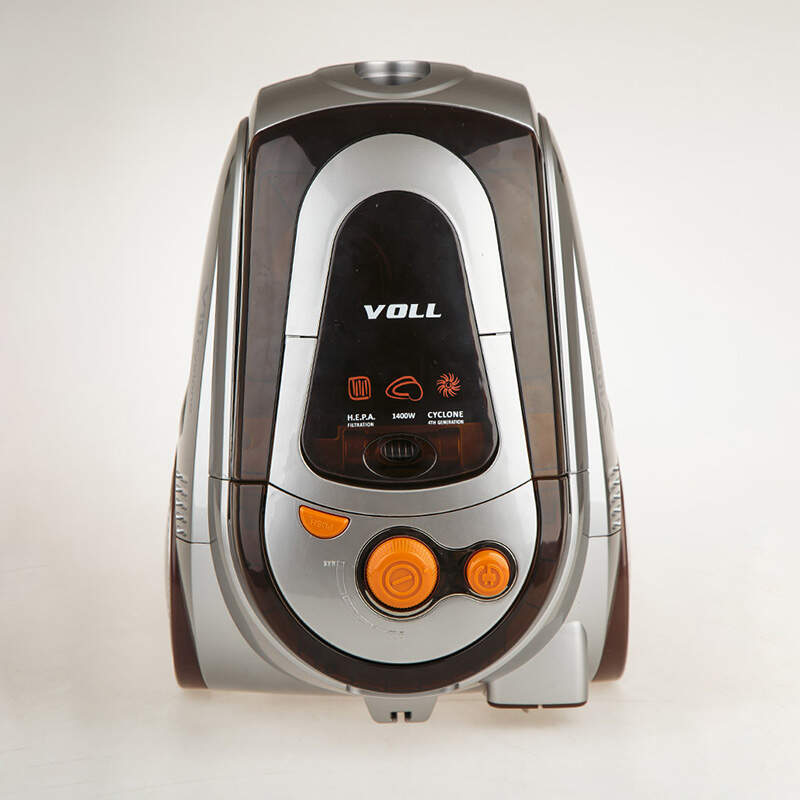Email format error
Email cannot be empty
Email already exists
6-20 characters(letters plus numbers only)
The password is inconsistent
Email format error
Email cannot be empty
Email does not exist
6-20 characters(letters plus numbers only)
The password is inconsistent


Bagged vs Bagless: Which Vacuum Cleaner Should You Choose?
When it comes to choosing the right vacuum cleaner for your home or office, one of the biggest decisions you'll face is whether to go for a bagged or bagless vacuum. Both types have their benefits, but they also come with their own set of challenges. If you're stuck in a vacuum cleaner dilemma, don't worry—I'm here to help you sort through the details and figure out which one best suits your lifestyle.
What’s the Difference Between Bagged and Bagless?
Before we dive into the pros and cons, let's quickly clarify the main difference between the two:
-
Bagged vacuums use a disposable or reusable bag to collect dust, dirt, and debris. Once the bag is full, you replace it with a new one or empty it, depending on the model.
-
Bagless vacuums, on the other hand, rely on a built-in canister that you empty when it gets full. These vacuums use cyclonic action to trap dirt and debris inside the canister, which you can easily remove and dump.
Both styles have their pros, but they cater to different needs, so let’s break down the details to help you decide.
The Pros and Cons of Bagged Vacuums

Pro: Less Messy Disposal
One of the main benefits of a bagged vacuum is the mess-free disposal. When it’s time to replace the bag, all the dirt is safely contained inside. This is a huge plus if you're sensitive to dust or allergens. For example, I used to struggle with sneezing every time I emptied my old bagless vacuum. The dust would always escape, no matter how careful I was. With a bagged vacuum, I noticed that I rarely had that problem.
Pro: Better for Allergies
Bagged vacuums are generally better for people who suffer from allergies. The bags trap dust and allergens, keeping them contained, whereas bagless vacuums can sometimes release dust back into the air when you're emptying the canister. My friend has asthma, and she switched to a bagged vacuum to reduce airborne particles, and it made a noticeable difference in her symptoms.
Pro: Convenient for Large Homes
If you have a large home or office, bagged vacuums might be more convenient since the bags can hold more dirt than a canister. This means fewer trips to empty the bin. I used to live in a two-story house and found that a bagged vacuum was great for longer cleaning sessions because I didn’t need to stop and empty it as often.
Con: Ongoing Costs
On the downside, you'll need to buy replacement bags regularly. Depending on the type of vacuum and how often you use it, this can add up over time. I recall getting frustrated when I had to remember to buy bags in bulk, and it always seemed like I was out of stock right when I needed them most.
Con: Less Transparent
Another drawback is that it can be harder to tell how full the bag is, which might lead to a loss of suction if the bag is overstuffed. Some models have indicators, but it’s not always foolproof.
The Pros and Cons of Bagless Vacuums

Pro: No Need for Bags
The most obvious benefit of a bagless vacuum is that you don’t have to buy bags. If you’re someone who hates the thought of spending money on bags, this could be a big win. I personally switched to a bagless vacuum in my first apartment because I loved the idea of not having to deal with ordering or buying replacement bags. It was one less thing to worry about.
Pro: See the Dirt
With a bagless vacuum, you can literally see how much dirt you're picking up, thanks to the transparent canister. This can be satisfying and let you know when it's time to empty the canister. I remember feeling oddly proud of the amount of debris I was able to collect each week, even though it wasn’t always visible in the bagged vacuum.
Pro: More Eco-Friendly
Since you’re not constantly buying new bags, bagless vacuums can be more eco-friendly in the long run. I’m all about reducing waste, and I appreciated that bagless vacuums helped me cut down on unnecessary products piling up in my trash. For a professional always on the go, knowing I wasn’t adding to waste was a small win.
Con: Messier Disposal
While you’re not buying bags, emptying the canister can be a bit of a mess. Dust and debris can fly everywhere when you open it, especially if it’s been a while since you last emptied it. I’ll admit, I had a few messy incidents where the canister wasn’t fully closed, and I ended up spilling dirt all over the floor.
Con: Maintenance and Cleaning
Bagless vacuums require more frequent cleaning. The canister needs to be emptied, washed, and maintained more often to prevent clogs. I found myself spending more time cleaning out the filters and canisters than I did actually vacuuming, which got a little tiresome.
Who Should Choose a Bagged Vacuum?
- Allergy sufferers: Bagged vacuums are ideal if you have respiratory issues, as they tend to trap more dust and allergens inside the bag.
- People with large homes: If you clean large areas or have pets, bagged vacuums can hold more dirt, reducing the number of times you need to empty it.
- Those who prefer convenience: If you want something that’s easier to use and requires less maintenance, bagged vacuums are generally a good choice.
Who Should Choose a Bagless Vacuum?
- Budget-conscious individuals: If you want to avoid the ongoing cost of replacement bags, bagless vacuums can save you money in the long run.
- Eco-friendly users: If reducing waste is important to you, a bagless vacuum offers a sustainable choice without the need for disposable bags.
- People who want to see the dirt: If you find it satisfying to visually see the dirt you're picking up, a bagless vacuum lets you do just that.
So, Which One Should You Choose?
It all comes down to what matters most to you. If you’re someone who prioritizes a cleaner home with minimal maintenance, a bagged vacuum might be your best bet. On the other hand, if you prefer a more budget-friendly and eco-conscious option, a bagless vacuum could be the way to go.
For me personally, I lean towards bagged vacuums due to their hygiene factor. But when I switched to a bagless model in my smaller apartment, the freedom from buying bags won me over. If you’re unsure, maybe start by considering your cleaning habits and needs—whether you have pets, large spaces, or allergies—and see which type fits best.
Ultimately, whether bagged or bagless, both can do the job. The right choice is the one that makes your life easier—and who doesn’t want that?

